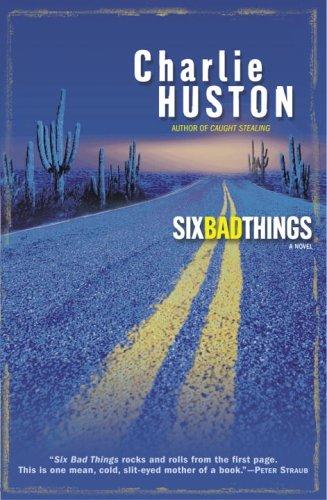4thace reviewed Normal People by Sally Rooney
A story of two young people's trouble with recognizing their bond
4 stars
This book came out not long after Conversations with Friends but it seemed to have a quite different structure, concentrating on the two main characters, Marianne and Connell. At the beginning they are in their secondary school days and first come together, they leave their small town to go to Dublin to attend the same college where they drift apart a few times, achieve their successes, get into trouble, and by the end come to a new understanding of their situation. Like the earlier book and the book Beautiful World, Where Are You? a few years later, this book wove in ideas about economics and politics to make one think about how these affected the ways the characters behave. But I think it was more psychological considerations such as childhood trauma, depression, and a will to self-harm that played even greater roles in shaping them. The other characters appearing, the …
This book came out not long after Conversations with Friends but it seemed to have a quite different structure, concentrating on the two main characters, Marianne and Connell. At the beginning they are in their secondary school days and first come together, they leave their small town to go to Dublin to attend the same college where they drift apart a few times, achieve their successes, get into trouble, and by the end come to a new understanding of their situation. Like the earlier book and the book Beautiful World, Where Are You? a few years later, this book wove in ideas about economics and politics to make one think about how these affected the ways the characters behave. But I think it was more psychological considerations such as childhood trauma, depression, and a will to self-harm that played even greater roles in shaping them. The other characters appearing, the families of the two and their various circles of friends and lovers, all receive lesser degrees of characterization, much of it through dialogue. In some ways the book felt like a less ambitious bit of storytelling than the other two with fewer important things to be keeping track of. The author is still interested in how one gets to know a person, whether it's someone else or one's own self, and digs in to the frustration caused by getting the wrong idea of a person's nature, which is easy to believe here with young people just entering adulthood. There is an imbalance of wealth between Marianne and the working-class Connell similar to what Beautiful World, Where Are You? depicted between Alice and Felix, but those were older characters already out in the world making the issue seem even more substantial. The author is also big on depicting awkwardness her characters feel in general, and I think money and its lack is just one of various ways to achieve that effect in this book.
By the end, one of the main characters is about to launch on a literary career. The talent and work it took to get this far was touched on over the course of the story in a rather understated way, I thought, so I was a little surprised when this is what it led to. I was expecting there were going to be more setbacks and more effort to get to this, and wondered whether it was a conscious choice the author made to keep that from becoming a big focus separate from the relationship plotline. This made me think of the book as being closer to romance than a story about how these two start to approach success in life. The second character has been having unresolved ideas of what to pursue in life which aren't resolved by the end. All of this makes me think that I should rate it one step below what I gave to Conversations with Friends, but not because of the quality of the prose. I know that other readers have expressed some disappointment with this book in comparison to the other, but this isn't my feeling. I consumed this as an ebook, not in audiobook form as in the case of the other two novels, and I wouldn't be surprised if that affected the way that it hit me.














